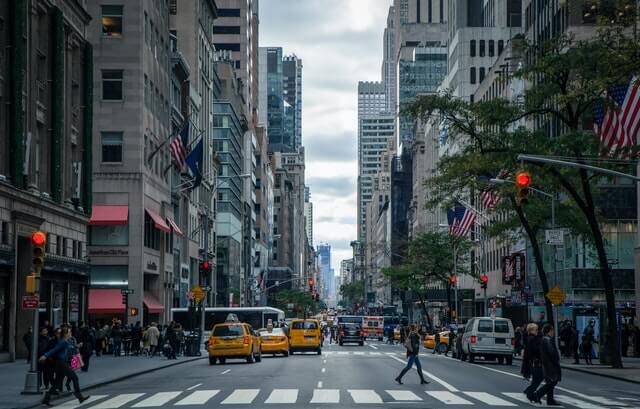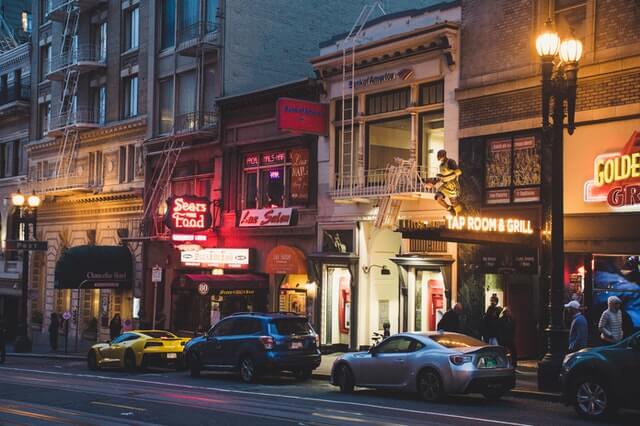When people talk about a house, they also often include the neighborhood where the house is. If a property is beautiful but is in an area known for criminal activity, its beauty becomes irrelevant. People might like looking at it but would not want to live in it.
Before buying rental property in a neighborhood, here are a few questions investors must ask first. Blindly investing in a rental home without finding out about the neighborhood exposes an investor to the risk of prolonged vacancy and non-profitability.

What is the neighborhood’s best quality?
The first answers that could pop up are generic ones because they are also common in several neighborhoods. Even though they are generic, it doesn’t mean they are less valuable than unique qualities. Weighing all the good qualities as to which is the most significant is a matter of personal preference.
When choosing among equally good neighborhoods, the key is to seek qualities that you would prefer and what your target tenants prefer. That strategic approach to determine the most valuable characteristics will make it easier to fill vacancies because it will be the focal selling point when marketing to tenants in the future.
For example, if you are planning to put up rental units that accommodate families, you would like to position them in a neighborhood that is close to prominent school districts. If you want to house semi-retired couples or those transitioning to a more slow-paced lifestyle, somewhere a little farther from the business district and closer to public parks is a good choice. That leads me to the next question.
How near to downtown do you prefer to be?
Downtown is where most companies and entrepreneurs set up the business. Living near downtown would be convenient for tenants who want to be close to their workplace. However, it can get crowded and busy, which is not everyone’s cup of tea.

Being farther from downtown can offer a more peaceful quality of living, away from the hustles and bustles of busy downtown. However, you need to factor in how long the drive would take going downtown because it might put off some tenants. Rental rates also tend to be lower compared to downtown rates.
Is the neighborhood densely populated?
If several people reside in a neighborhood, there will be more thriving communities and better access to different resources because retail shops and commercial businesses go to where the people are. On the other hand, less populated areas are more peaceful, quiet, and spacious.
What is the neighborhood’s recreational landscape?
Some neighborhoods get a charming reputation if they have a unique characteristic. Some places are known for their rich art culture, while some have a diverse culinary landscape.
People give value to recreation being part of their lifestyle, so if a rental home is in a neighborhood that offers access to different hobbies and interests, it’s easier to attract tenants.

How much is your budget?
Of course, you would want a neighborhood with beautiful homes, a healthy community, a low crime rate, easy access to resources, job opportunities and quality education, etc. However, properties in such idyllic neighborhoods go for a hefty price. More good qualities mean more expensive. The property does not have to be in the best area if your budget does not allow it. What’s important is to find a neighborhood that has the qualities that you prioritize.
As an investor, answering these questions is vital because these are also the same questions potential tenants would ask themselves when choosing a property to rent. When you or your rental agent would publish a listing on Padleads, it’s not just the property you need to market, but the neighborhood as well.